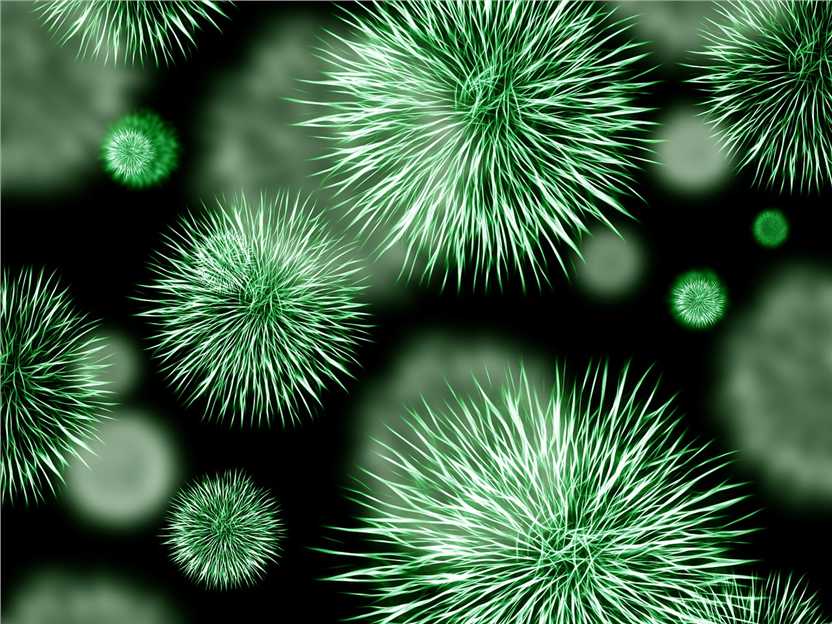HFMD is a common childhood infection disease with characteristic features of fever, oral ulcers, and vesicular rashes on the hands, feet, and buttocks. It is caused by a group of enteroviruses, commonly coxsackie A16 and enterovirus-71 (EV-71). The transmission of HFMD is mainly via the fecal-oral route, respiratory droplets, contact with blister fluid of infected individuals, or close contact with infected individuals. Most HFMD cases are mild and limited to fever and vesicular exanthema on palms, soles, and mouth along with discomfort at different levels. However, some severe cases with potentially fatal complications such as brain stem encephalitis (BE) and/or pulmonary edema (PE) show rapid progression that may lead to serious sequelae, even death. In recent years, more and more outbreaks of severe cases have been reported.

Human EV71 is a common agent causing HFMD in young children, belonging to genus Enterovirus, family Picornaviridae. EV71 genome is a single-stranded, positive-sense RNA of approximately 7.5 kb in length and contains a single open reading frame (ORF). The polyprotein encoded by ORF is cleaved into four structure viral proteins (VP1, VP2, VP3, and VP4) and seven non-structural proteins (2A, 2B, 2C, 3A, 3B, 3C, and 3D). VP1 contains the virus major neutralizing antigenic sites and is used in genotype identification and evolutionary studies. Based on VP1 genotyping, EV71 is divided into three distinct genotypes (A, B, and C) on the basis of genome organization, sequence similarity and biological properties.
Adults and children with EV71 infection is usually mild. However, children under 2 years are at higher risk of developing severe EV71 infection. Serious infection may involve the brain (encephalitis) and the meninges (the lining of the brain and spinal cord, causing meningitis). Signs may include fever, stiff neck, stiff neck, vomiting, rash, cough, irritability, seizures (fits), unsteadiness, weakness and paralysis. EV71 infection may also affect the heart, causing fast or slow heart rate, high blood pressure, or breathing difficulties.
Laboratory testing such as polymerase chain reaction (PCR) testing or culture for the virus from samples of throat secretions, faeces or cerebrospinal fluid (CSF) is needed for a definite diagnosis of EV71 infection. There is no specific treatment for EV71 infection. For severe infection, hospital admission is required to monitor for any complications involving the brain and heart. For prevention, people with HFMD should be excluded from childcare, preschool, school and work until all blisters have dried. In addition, washing hands properly and regular environmental cleaning with detergent and warm water are helpful.
Coxsackievirus A16 (CV-A16) belongs to the Enterovirus genus, species A group, in the Picornaviridae family. The small (~30 nm), nonenveloped viruses each have a positive-sense RNA genome of approximately 7.5 kb. CV-A16 encodes only one single ORF, which can be processed into four structural (VP1, VP2, VP3, and VP4) and seven nonstructural (2A, 2B, 2C, 3A, 3B, 3C, and 3D) proteins upon viral infection.
Coxsackievirus A6 (CV-A6) is a single-stranded, positive-sense RNA virus which belongs to the genus Enterovirus in the family Picornaviridae. It was first identified as a pathogen causing HFMD in Finland in 2008. Since then, CV-A6 induced HFMD outbreak has been reported in Europe, Asia and North America. In epidemiological reports, the incidence of CV-A6 associated HFMD was sometimes even higher than that caused by EV-A71 and CV-A16. Both children and adults can be infected by CV-A6. It has been reported that five VP1 loops, i.e., BC, DE, EF, GH, and HI, seem to be excellent targets for designing specific antivirals against CV-A6.
High fever, onychomadesis, and decrustation are the typical symptoms of CVA6-associated mild HFMD. CVA6-associated severe cases are characterized by high fever with shorter duration and twitch. Poor mental condition, lung wet rales, abnormal pupil, and tachycardia are the most common clinical features of fatal cases.
Because the symptoms are so varied, diagnosis can be quite difficult. Lab tests are available for the coxsackieviruses and other enteroviruses, but the diagnosis is usually made based on the history and physical exam. There is no specific treatment for this typically self-limited disease. However, symptomatic over-the-counter treatment that reduces fever and discomfort is currently recommended. Mouthwashes and sprays may lessen the oral discomfort. Fluids are also suggested to prevent dehydration, however, acidic juices may irritate the mouth ulcers. Antibiotics do not help with coxsackievirus infections. Coxsackieviruses are present both in the stool and in the respiratory secretions. They can spread by fecal–oral transmission, droplet transmission, and by contact transmission. Hand cleansing, especially after diapering/toileting and before eating, can help reduce their spread.
References: